
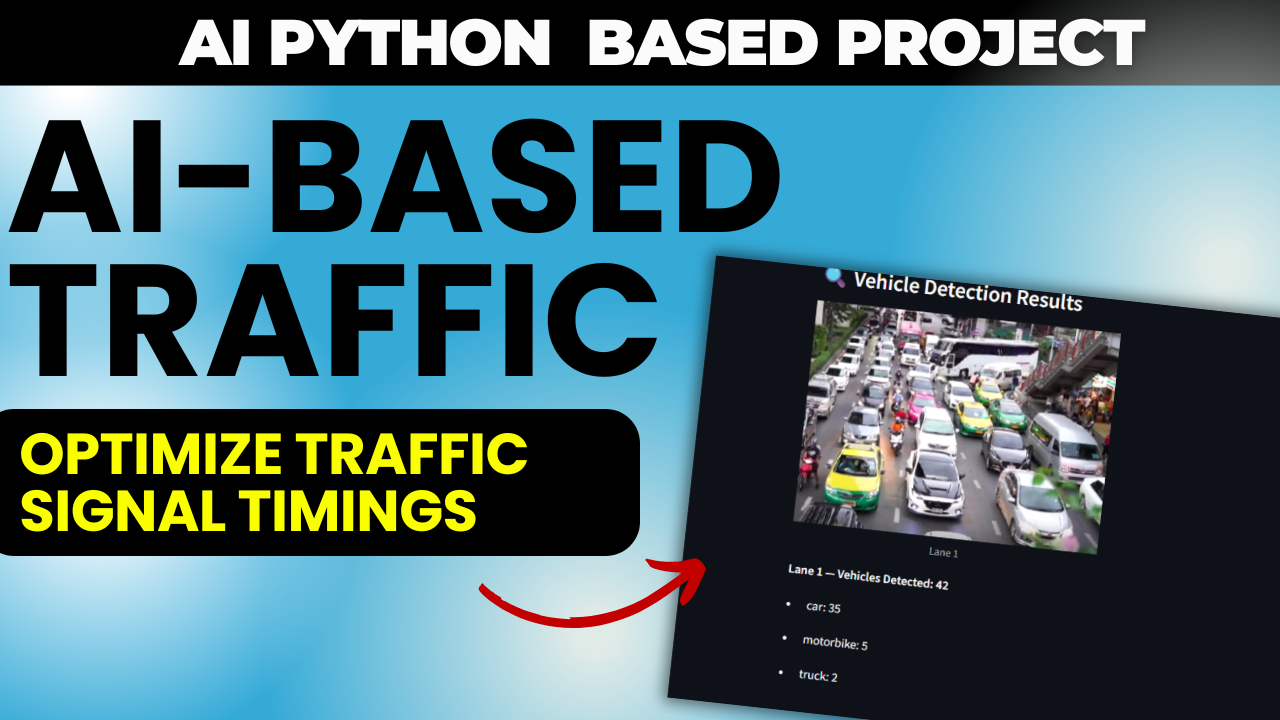
AI-based Traffic Management System
AI-based Traffic Management System
Project Overview
This project is about making an AI-based traffic management system using YOLOv3 for object detection. It detects vehicles in real-time and changes the traffic signal timing based on how much traffic is on each road.
Instead of using fixed timers at traffic lights, this system checks the number of vehicles and then decides how long the green signal should stay on. It helps manage traffic better and reduce waiting time.
Key Features
- Vehicle Detection using YOLOv3:
- Uses a pre-trained YOLOv3 model to detect objects (specifically vehicles like cars, bikes, trucks, etc.) from video frames.
- Lane-wise Vehicle Counting:
- The video is split into lanes, and the number of vehicles per lane is counted.
- Dynamic Signal Timing:
- Based on vehicle density in each lane, the green signal duration is automatically adjusted.
- The lane with the highest vehicle density gets a longer green light.
- Real-Time Video Processing:
- Uses OpenCV to process traffic videos or live camera feeds.
- Scalable Design:
- The system can be adapted for multi-lane and multi-direction intersections.
Technologies Used
| Component | Technology |
|---|---|
| Object Detection | YOLOv3 (Darknet-based model) |
| Image Processing | OpenCV |
| Programming | Python 3.x |
| ML/DL Framework | TensorFlow/Keras if custom training is done |
| Others | NumPy, Pre-trained YOLO weights |
Intelligent Decision-Making
The true intelligence of this system lies in its ability to prioritize action based on real-time analysis. It doesn’t simply switch traffic signals at fixed intervals; instead, it observes vehicle flow and adapts to congestion dynamically. This not only reduces delays but also improves fuel efficiency and reduces pollution caused by idling vehicles.
Practical Applications
This kind of AI-based traffic system can have transformative effects on urban infrastructure:
- Smart City Development: Real-time adaptive signals integrated with city-wide IoT networks.
- Emergency Management: Dynamic lane clearing for emergency vehicles during peak hours.
- Urban Planning: Data-driven insights into traffic patterns for infrastructure development.
- Surveillance Integration: Enhanced safety through simultaneous detection of unusual behavior or crowding.
Future Enhancements
Looking ahead, the following enhancements can elevate the system further:
- Real-time map integration using GPS or mapping APIs for live vehicle tracking.
- Upgrade to advanced models like YOLOv5 or YOLOv8 for faster and more accurate detection.
- Custom training on regional vehicle datasets for location-specific improvements.
- Web interface deployment to allow traffic control teams to monitor and interact with the system visually.
- Integration with physical traffic lights using microcontrollers like Arduino or Raspberry Pi.
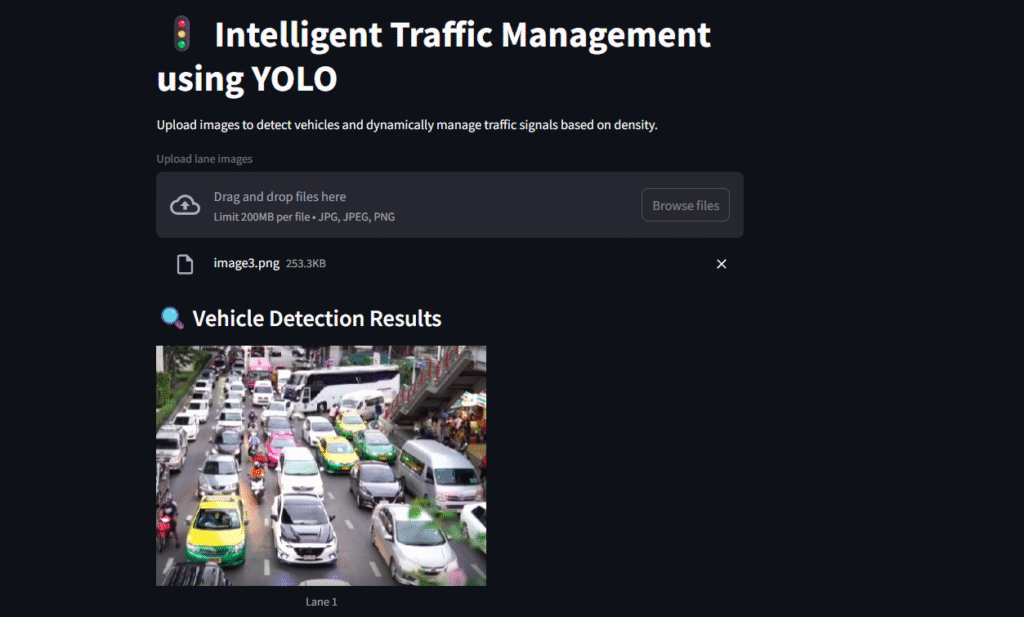
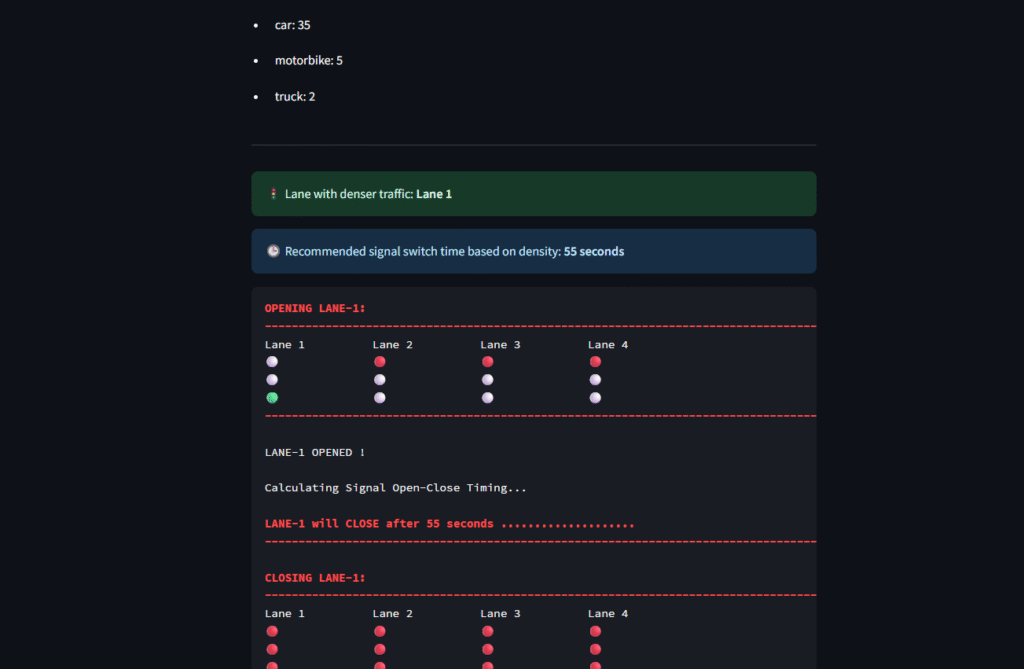
ai-based traffic management system project source code,ai based traffic-management system github, ai based traffic management system research paper, ai-based traffic management system in india, ai based traffic management system ppt, ai based traffic management system bangalore, ai-based traffic signal control system, ai based real-time traffic signal control system using machine learning, ai based traffic management system project, ai based traffic management system project pdf, ai based traffic management system project report, ai based traffic management system in india, ai based traffic management system pdf




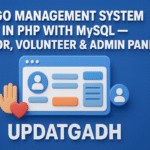




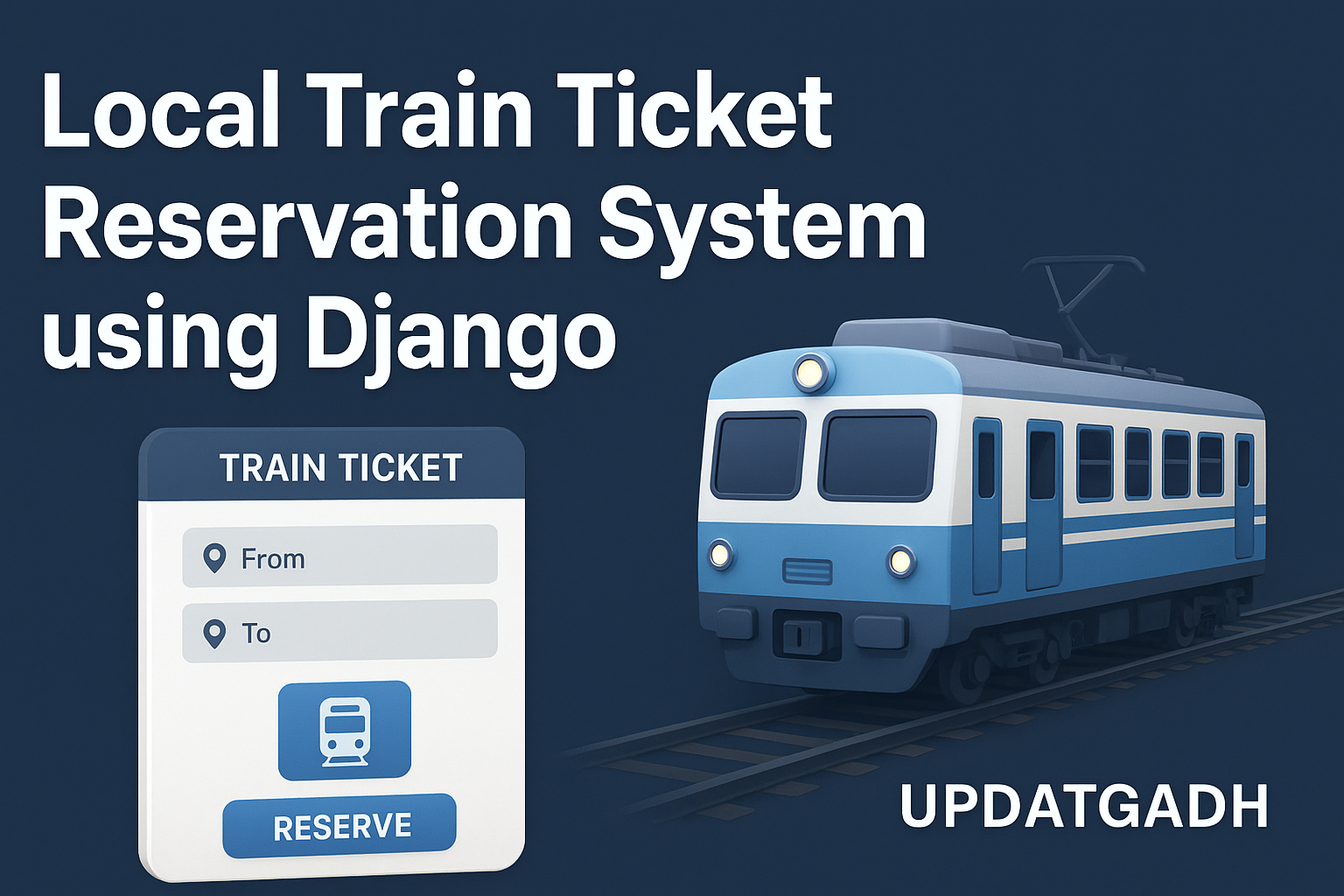
Post Comment